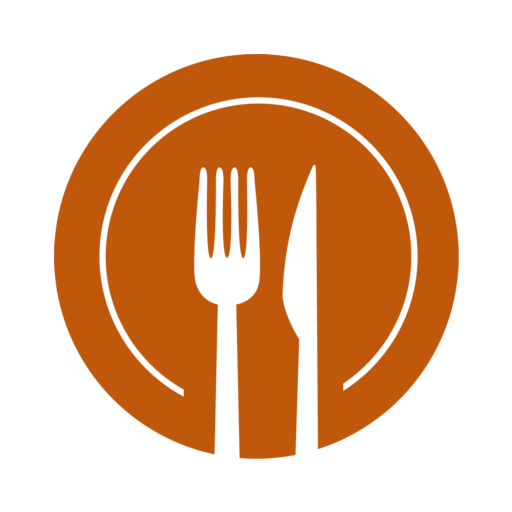Pot-Roasted Shoulder Of Lamb Cooked In Buttermilk
Pot-Roasted Shoulder Of Lamb Cooked In Buttermilk
You can also use a leg of lamb for this recipe, but I do prefer the shoulder as it stays moist due to the fat coverage. I also find the leg can sometimes be a little stringy when cooked for a long period. Besides its probiotic values, buttermilk also helps to tenderize meat. The buttermilk will eventually curdle and separate during cooking. These curds, if left alone, can be gently spooned on top of the lamb during the final 30 minutes and then caramelized at a higher temperature — they will become little pillows of cream. The acidulated flavor from the whey is a perfect foil for the rich lamb, and the balance with the sweet young pear is a match made in heaven. — Mike McEnearney, author of Real Food by Mike
servings
4

Ingredients
- 10 garlic cloves, peeled
- 4 pound 6 ounces lamb shoulder
- 4 cup buttermilk
- 1 ⁄2 bunch thyme leaves picked
- 2 fresh bay leaves
- 3 pound 5 ounces roasting potatoes
- 4 small pears (whatever is in season)
- extra-virgin olive oil for brushing
- 3 1⁄2 fluid ounces verjuice
- 2 vanilla beans, split lengthways and seeds scraped, or 1 teaspoon vanilla bean paste
- 1 bay leaf
- 4 thyme sprigs
- 1 teaspoon icing (confectioners’) sugar
Directions
- Preheat the oven to 220 degrees C (430 degrees F).
- Place the garlic cloves in a large, heavy-based casserole dish. Season the lamb with salt and freshly ground black pepper and place it on top of the garlic. Roast the lamb in the oven, uncovered, for 10 minutes. Turn the lamb over and give it another 10 minutes on the other side. Remove the casserole dish from the oven.
- In a saucepan over medium–high heat, bring the buttermilk to the boil. Add the thyme and bay leaves and pour the mixture over the lamb. Cover with a very tight-fitting lid or piece of aluminum foil. Reduce the oven temperature to 140 degrees C (275 degrees F). Return the casserole to the oven and bake until the meat is soft and tender (3–4 hours). Make sure to baste every 30 minutes with the pan juices during cooking.
- While the lamb is cooking, prepare the pears (see below)
- Peel the potatoes and halve them lengthways. Place one potato, cut side down, on a board and make thin, evenly spaced cuts at 1-millimeter (1/16-inch) intervals, about two-thirds of the way through. Repeat with the remaining potatoes.
- With 1 hour to go, add the potatoes, with the fins facing up, to the tray with the lamb and re-cover. In the final 30 minutes, remove the cover and turn the oven up to 220 degrees C (430 degrees F). Using a spoon, position the curds onto the lamb for them to caramelise for the rest of the cooking time. Baste the potatoes with the lamb juices and bake until crisp. This is also the time to place your pears in the oven. They will take about 30 minutes to bake until golden brown and soft.
- After the final 30 minutes, check to see that everything is cooked. Remove the lamb from the pan and strain the whey sauce and caramelized buttermilk curd. Tear off a piece of lamb flesh for each serving, and include a couple of roast potatoes and a lovely roast pear. Spoon over some curd and a ladleful of whey to moisten.
- While the lamb is cooking, prepare the pears by placing them in an ovenproof frying pan. Brush them with olive oil, pour in the verjuice, add the vanilla, bay leaf and thyme, and sprinkle the pears with salt and a dusting of icing sugar.
- Recipes excerpted with permission from Real Food by Mike by Mike McEnearney (Hardie Grant Books, August 2017)